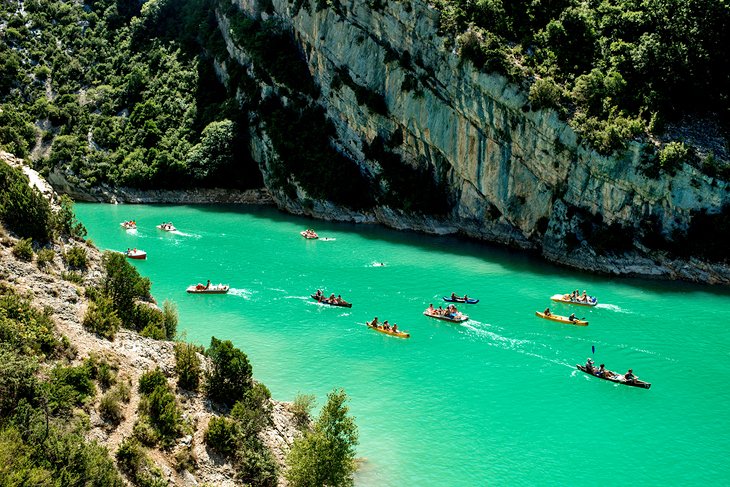It is an abrupt decision to go to Bangkok and the flight ticket was so expensive as I bought the ticket 3 days before the travelling day. If it is not a business trip, I rarely travel via Malaysian Airlines. I don't believe in the Malaysian Hospitality tagline as the food does not reflect the tagline at all. The seat is not that comfy. And my flight to and from Bangkok is without flight entertainment (no TV!). I chose MAS over AirAsia for this trip as I need to go back with my husband who was on business trip which will depart from Suvarnabhumi Airport. AirAsia depart from Don Muang Airport which the location is quite far from each other.
 |
| Selfie during arrival at Suvarnabhumi Airport |
 |
| Avana Hotel is 45 minutes from Bangkok City |
It was weekdays. The city is not that hectic at night.
 |
| Asiatique the Riverfront |
 |
| Yummylicious Dinner |
Next destination was River Cruise along Bangkok Canal. Seriously not recommended. Not much scenery. It's just local people's house by the canal and it's not that clean.
We spent our night on the river cruise again. This is the first time ever that I had dinner on the boat. I had a pre book arrangement for Loy Nava Dinner Cruise as it's package is affordable and they can provide halal food.
We had so much fun looking at lots of cruise compete with each other with loud traditional music, dancing and performance to attract tourist to choose their dinner cruise.
 |
| with one of the luxury cruise |
 |
| Our humble cruise but superb food |
The cruise ended around 11pm. It's not a good idea to take a cab at night where the charges will be very high couple up with outskirt hotel location. So we have to take BTS.
 |
| Saphan Thaksin station is the only rapid transit station in Bangkok which can transfer to a river pier for the crossing-river ferry to Thonburi and the Chao Phraya Express Boat service |
No opportunity to visit the famous Chatuchak Market as they only open during weekend. Our flight back was on Saturday afternoon. We also missed the floating market. But basically we experienced the local food at Asiatique.
The most important thing to highlight for this travelogue episode is I really missed my kids. It was less fun and chaotic without them which somehow I missed that moment. It's me time but I'm more happy to travel with my kids. :)



































opt.jpg)

